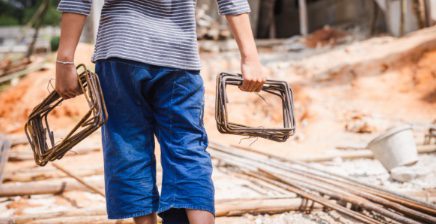
Promoting to penalizing: Alabama’s evolving stance on child labor
The “Crimes Against Children Remedy” bill, headed to the Alabama House floor, seeks to increase penalties for employers violating child labor laws. Advocates view this as a positive step forward from the state, which was just recently suggesting the use of minors to fill job vacancies, exploiting their vulnerability, and undercutting labor protections.
With sixteen states that have enacted child labor law rollbacks across the U.S., the surge in child labor is fueled by economic factors, lax child labor laws, and the exploitation of migrant children, highlighting the urgent need for action to protect vulnerable youth from labor abuses and trafficking.
Promoting child labor to “solve labor shortage”
The Alabama Policy Institute’s ‘2024 blueprint for Alabama’ is a significant document published by the right-wing think tank earlier this year. It promotes 30 policy priorities aligned with the trend of increasing child labor law rollbacks across the U.S. to “offer up suggestions out of a pressing need to solve a labor shortage” by “removing barriers for minor work authorization.”
The report strategically points out that the U.S. Chamber of Commerce has labeled Alabama as “having among the ‘most severe’ shortages nationwide,” as a convenient way of framing the reality of people being unwilling and unable to work for unlivable wages.
Tyler Walicek from Truthout reported,
If job opening are going unfilled, that should come as little surprise in Alabama, which is one of just five states without a state wage floor. That means its minimum wage defaults to the federal rate: $7.25 an hour.
With the federal wage remaining so pitifully low and decades out of date, it’s no coincidence that, as the API’s proposal notes, “many of these job openings are in the retail and food services industries” – i.e., jobs that pay minimum wage or potentially less.
Waliceck states sarcastically,
“Who better to conscript into the depleted ranks of the workforce than the state surplus 14- and 15-year-olds?”
